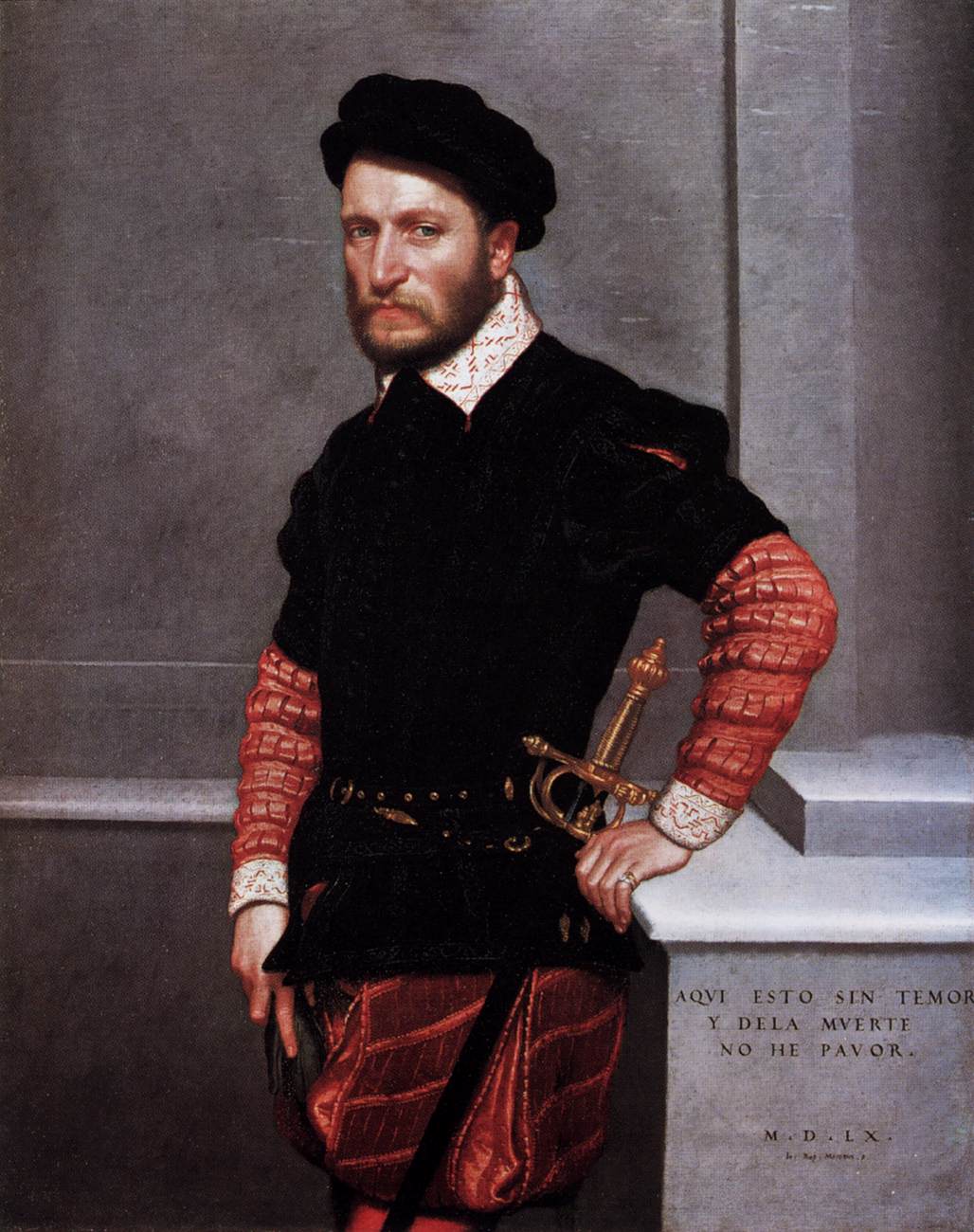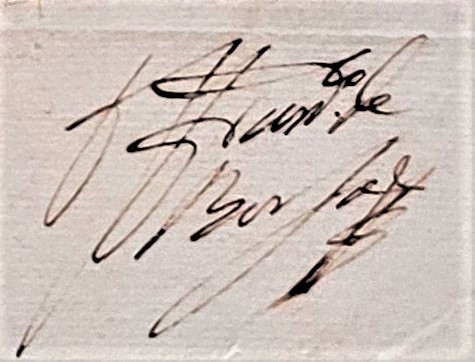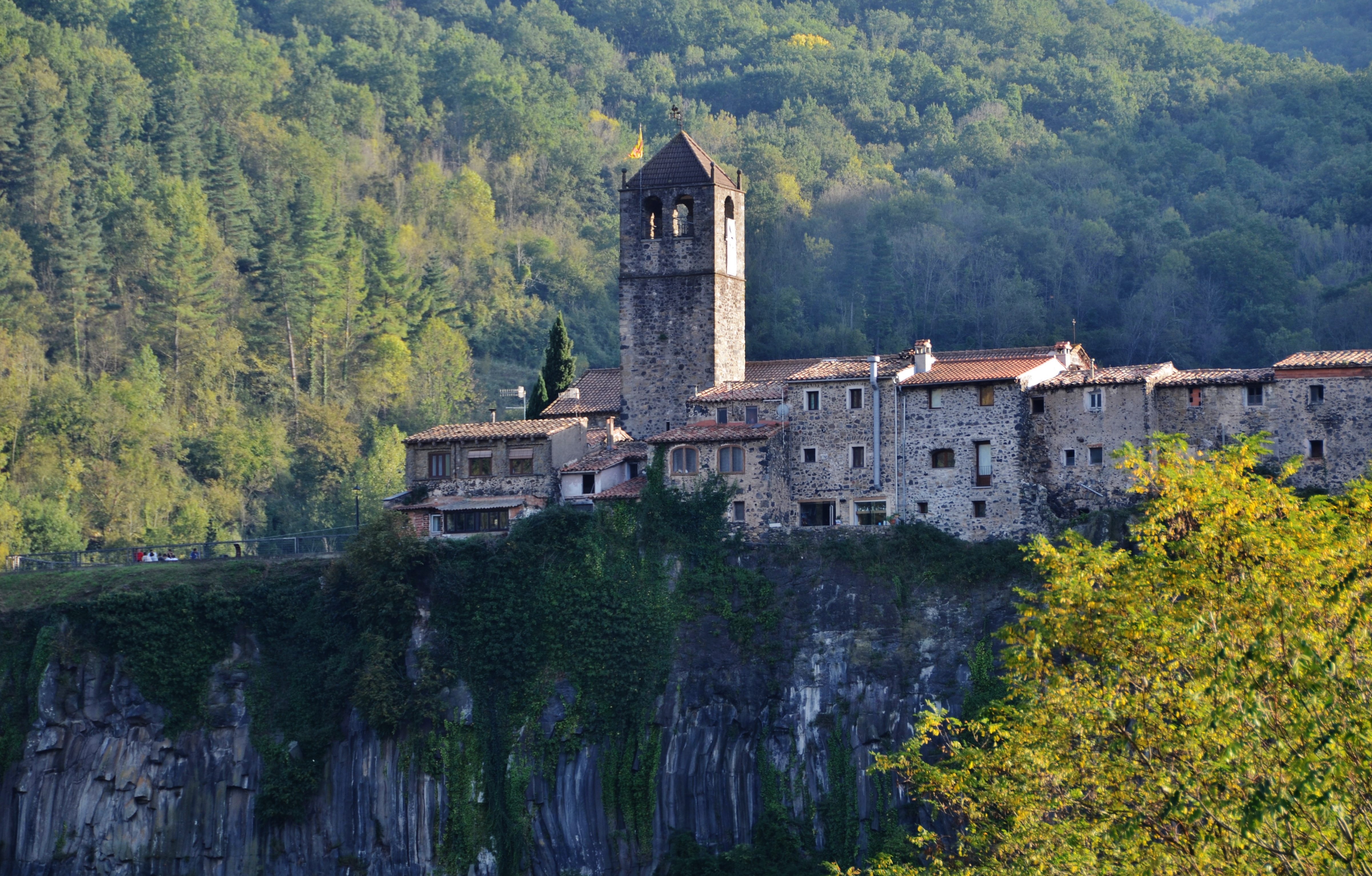|
Prince Of Squillace
Prince of Squillace was a noble title created in 1494, by King Alfonso II of Naples (House of Trastamara) for Gioffre Borgia on the occasion of his wedding with the king's daughter Sancia d'Aragona. He was also created Count of Cariati. His second wife was María de Mila y Aragón with whom he had issue. The male line became extinct after the death of the fourth title-holder, Pietro Borgia d'Aragona, the last male heir to hold this title. Squillace, in Calabria, was the site of an Italo-Norman castle. During the Norman (1130–94) and Swabian (1194–1266) periods of the kingdom of Sicily, it was the seat of a county. After the wars of 1266 and 1282, the county continued to be granted by the Angevin kings of Naples, while the title continued in use in Aragonese Sicily. Counts of Squillace *Everard (Eberhard), fl. 1154–55 *Alfonso (Anfusus), fl. 1176–77, died 1188 *William of Caserta, fl. 1201 :... *Federico Lancia, 1254/56–66/68 * Philippe de Montfort, 1266/68–70 * Jean d ... [...More Info...] [...Related Items...] OR: [Wikipedia] [Google] [Baidu] |
Jean De Montfort-Castres
Jean de Montfort (died December 1300) was count of Squillace, seigneur of la Ferté-Alais, of Bréthencourt, and of Castres-en-Albigeois from 1270 to 1300. He was the son of Philippe II de Montfort, count of Squillace, Lord of La Ferté Alais, of Bréthencourt and of Castres, and of Jeanne de Lévis-Mirepoix. He succeeded his father on his death in 1270 in Tunis in the course of the Eighth Crusade. He went to the kingdom of Naples where he was named captain-general of Calabria, in 1299. He died the following year, having had no issue despite marrying three times: # Isabella Maletta, daughter of Manfred Maletta, # Giovanna di Fasanella, dame de Genzano, daughter of Pandolfo di Fasanella, #Marguerite de Beaumont-en-Gâtinais, daughter of Pierre de Beaumont, count of Montescaglioso et d'Alba, and of Filippa de Ceccano. On Jean's death she remarried to Robert II of Dreux, seigneur of Beu. Ancestry Sources * * Counts of France 1300 deaths Jean Jean may refer to: Peop ... [...More Info...] [...Related Items...] OR: [Wikipedia] [Google] [Baidu] |
Spanish Nobility
Spanish nobles are persons who possess the legal status of hereditary nobility according to the laws and traditions of the Spanish monarchy and historically also those who held personal nobility as bestowed by one of the three highest orders of knighthood of the Kingdom, namely the Order of the Golden Fleece, the Order of Charles III and the Order of Isabella the Catholic. A system of titles and honours of Spain and of the former kingdoms that constitute it make up the Spanish nobility. Some nobles possess various titles that may be inherited, but the creation and recognition of titles is legally a prerogative of the King of Spain. Many noble titles and families still exist which have transmitted that status since immemorial nobility, time immemorial. Some aristocratic families use the nobility particle, nobiliary particle ''de'' before their family name, although this was more prominent before the 20th century. During the rule of ''Generalísimo'' Francisco Franco, some new here ... [...More Info...] [...Related Items...] OR: [Wikipedia] [Google] [Baidu] |
Leopoldo De Gregorio, Marquis Of Squillace
Leopoldo de Gregorio, 1st Marquess of Esquilache, OWE (Messina, December 23, 1699 – Venice, September 15, 1785), known in Spanish as ''Marqués de Esquilache'' and in Italian as ''Marchese di Squilliace'', was a Sicilian-born Spanish statesman who was Minister of Finance of Spain between 1759 and 1766. Biography Born in Messina, de Gregorio was one of Enlightenment Spain's leading statesmen from the arrival of Charles III to the Marquis's death in 1785. His ability as a military supplier for the Neapolitan army impressed the king and raised him to royal prominence. He was created "Marquis of Squillace" in 1755. Charles III had been introduced to reform by his mentor in Sicily, Bernardo Tanucci. Although Tanucci remained behind in the Two Sicilies to advise Charles's son, King Ferdinand I of the Two Sicilies, as the two thrones could not be united by consequence of treaty, Charles carried with him a cadre of Italian reformers who saw potential in the Spanish bureaucracy for m ... [...More Info...] [...Related Items...] OR: [Wikipedia] [Google] [Baidu] |
Count Of Ficalho
Count (feminine: countess) is a historical title of nobility in certain European countries, varying in relative status, generally of middling rank in the hierarchy of nobility. Pine, L. G. ''Titles: How the King Became His Majesty''. New York: Barnes & Noble, 1992. p. 73. . The etymologically related English term "county" denoted the territories associated with the countship. Definition The word ''count'' came into English from the French ''comte'', itself from Latin ''comes''—in its accusative ''comitem''—meaning “companion”, and later “companion of the emperor, delegate of the emperor”. The adjective form of the word is "comital". The British and Irish equivalent is an earl (whose wife is a "countess", for lack of an English term). In the late Roman Empire, the Latin title ''comes'' denoted the high rank of various courtiers and provincial officials, either military or administrative: before Anthemius became emperor in the West in 467, he was a military ''comes' ... [...More Info...] [...Related Items...] OR: [Wikipedia] [Google] [Baidu] |
Fernando De Borja Y Aragón
Don Fernando de Borja y Aragón or Ferran de Borja y d'Aragón (1583, in Lisboa – 28 November 1665, in Madrid) was a Spanish noble from the House of Borja and the House of Castro. He was the third Count of Mayalde, Viceroy of the royal house, and the Prince of Esquilache. Life Fernando was the son of Juan de Borja y Castro, first Count of Mayalde, and his wife, Francisca de Aragón y Barreto, Countess of Ficalho and paternal niece of Francisco de Borja, who was also Fernando's paternal grandfather. As a child, he served at the court as a Menino of the empress, María de Austria y Portugal, and later for Philip II of Spain. At the age of 20, he was given land and title by Philip III of Spain and was sent as an ambassador to Savoy, Florence and Rome. In 1621, the new king, Philip IV of Spain, named Fernando the ''Gentilhombre de cámara con ejercicio'' and the Viceroy of Aragon, a post he held until 1632. In 1635, he was designated the Viceroy of Valencia until he was called ... [...More Info...] [...Related Items...] OR: [Wikipedia] [Google] [Baidu] |
Count Of Mayalde
Count of Mayalde is a noble title created in 1596 by King Philip II of Spain (House of Habsburg) for Juan de Borja y Castro son of Saint Francis Borgia, 1st Marquis of Lombay. Counts of Mayalde House of Borgia * Juan de Borja y Castro (1533–1606), 2nd Marquis of Lombay, 1st Count of Mayalde, 1st Count of Ficalho jointly with his wife, in 1599. Married as his second wife Francisca de Aragón y Barreto. * Francisco de Borja y Aragón (1581–1658), son of the above, 2nd Count of Mayalde, Count of Ficalho, Count of Rebolledo, Viceroy of Peru, writer. Married his cousin Ana de Borja y Pignatelli (d. 1644), 5th Princess of Squillace. * Fernando de Borja y Aragón, (1583–1655), brother of the above, 3rd Count of Mayalde, Viceroy of Aragón and of Valencia. Married in 1623 his niece (the daughter of his older brother, Francisco) María Francisca de Borja (d. 1649), 6th Princess of Squillace. * Francisca de Borja y Aragón (d. 1693), daughter of the above, 4th Countess of Mayalde, ... [...More Info...] [...Related Items...] OR: [Wikipedia] [Google] [Baidu] |
Francisco De Borja Y Aragón
Francisco de Borja y Aragón, conde de Rebolledo, prince of Squillace (1581 – September 26, 1658) was a Spanish writer, official in the court of King Philip III of Spain, and, from December 18, 1615 to December 31, 1621, viceroy of Peru. Biography Borja y Aragón was born in Madrid, son of Juan de Borja y Castro and his second wife Francisca de Aragón Barreto. He was a descendant of King Ferdinand II of Aragon, Ferdinand of Aragon and of Rodrigo Borgia (Pope Alexander VI). He was also related to Charles V, Holy Roman Emperor and Saint Francis Borgia. Born and educated in Spain, he became an important official in the Spanish court. He was knight commander of the military Order of Santiago and lord of the bedchamber to the king. He was also known as a man of letters. He was appointed viceroy of Peru in 1614, and assumed office the following year. In Peru, he reorganized the University of San Marcos. He also founded, in Cusco, Cuzco, the Colegio del Príncipe for sons of the Indige ... [...More Info...] [...Related Items...] OR: [Wikipedia] [Google] [Baidu] |
Vannozza Dei Cattanei
Giovanna Cattanei (13 July 1442 – 24 November 1518), commonly known as Vannozza Cattanei, was an Italian woman who was the chief mistress of Cardinal Rodrigo de Borgia, later to become Pope Alexander VI. Early life Born in 1442, most likely in Mantua, Vannozza moved to Rome where she was landlady of several inns ('' Osterie''), at first in the Borgo, then in Campo de' Fiori. Before becoming Borgia's mistress, she allegedly had a relationship with Cardinal Giuliano della Rovere, the future Pope Julius II. Relationship with Rodrigo de Borgia Vannozza's relationship with Cardinal Rodrigo de Borgia began sometime between 1466 and 1472. She is believed to have married Domenico d'Arignano, an officer of the Church, perhaps in 1473, possibly at the arrangement of Borgia. She bore four children whom Borgia openly acknowledged as his: * Cesare (1475–1507) * Giovanni (1476–1497), 2nd Duke of Gandia * Lucrezia (1480–1519) * Goffredo (born 1481 or 1482; died 1518) ... [...More Info...] [...Related Items...] OR: [Wikipedia] [Google] [Baidu] |
Pope Alexander VI
Pope Alexander VI ( it, Alessandro VI, va, Alexandre VI, es, Alejandro VI; born Rodrigo de Borja; ca-valencia, Roderic Llançol i de Borja ; es, Rodrigo Lanzol y de Borja, lang ; 1431 – 18 August 1503) was head of the Catholic Church and ruler of the Papal States from 11 August 1492 until his death in 1503. Born into the prominent House of Borgia, Borgia family in Xàtiva under the Crown of Aragon (now Spain), Rodrigo studied law at the University of Bologna. He was ordained deacon and made a Cardinal (Catholic Church), cardinal in 1456 after the election of his uncle as Pope Callixtus III, and a year later he became Apostolic Chancery, vice-chancellor of the Catholic Church. He proceeded to serve in the Roman Curia, Curia under the next four popes, acquiring significant influence and wealth in the process. In 1492, Rodrigo was elected pope, taking the name Alexander VI. Alexander's Inter caetera, papal bulls of 1493 confirmed or reconfirmed the rights of the Spanis ... [...More Info...] [...Related Items...] OR: [Wikipedia] [Google] [Baidu] |
Frederick III Of Sicily
Frederick II (or III) (13 December 1272 – 25 June 1337) was the regent of the Kingdom of Sicily from 1291 until 1295 and subsequently King of Sicily from 1295 until his death. He was the third son of Peter III of Aragon and served in the War of the Sicilian Vespers on behalf of his father and brothers, Alfonso ΙΙΙ and James ΙΙ. He was confirmed as king by the Peace of Caltabellotta in 1302. His reign saw important constitutional reforms: the ''Constitutiones regales'', ''Capitula alia'', and ''Ordinationes generales''. Name Although the second Frederick of Sicily, he chose to call himself "Frederick III" (being one of the rare medieval monarchs who actually used a regnal number) – presumably because only some fifty years before, his well-known and remembered great-grandfather had ruled Sicily and also used an official ordinal: ''Fridericus secundus, imperator etc.''. Thus, ''Fridericus tertius'' was better in line with the precedent of his ancestor's ordin ... [...More Info...] [...Related Items...] OR: [Wikipedia] [Google] [Baidu] |
Hugh V Of Bas
Hugh V ( ca, Hug, it, Ugo, Ugone, es, Hugo; died 1335), a Catalan nobleman and military leader, was the twentieth viscount of Bas. He lived for a time in the Kingdom of Sicily, where he was appointed count of Squillace in Calabria. He is sometimes known by the diminutive Huguet (Italian: ''Ughetto'', Spanish: ''Hugueto''). He was a younger son of Count Hugh V of Empúries and Sibil·la de Palau, viscountess of Bas. His brother, Ponç V, inherited Empúries in 1277 and was invested with Bas as heir of his mother in 1285. In 1291, he granted the viscounty of Bas to his brother Hugh. In 1300, King James II confiscated the viscounty because Hugh, as count of Squillace, was fighting for King Frederick III of Sicily. Frederick, James's brother, had been proclaimed king of Sicily by the nobility after James had signed the Treaty of Anagni (1295) turning Sicily over to the pope. On 1 August 1302, Frederick asked his brother James to restore Hugh the lands he had confiscated. The follow ... [...More Info...] [...Related Items...] OR: [Wikipedia] [Google] [Baidu] |




